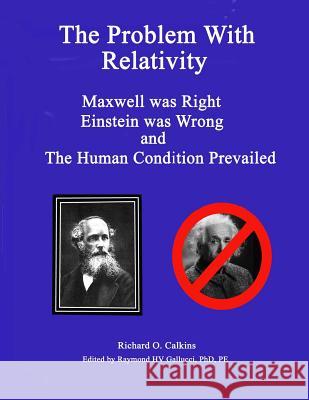The Problem with Relativity » książka
The Problem with Relativity
ISBN-13: 9780983677031 / Angielski / Miękka / 2015 / 154 str.
This book explores a whole new approach to examining the special theory of relativity. All it does is make two simple changes in experimental design and lets the special theory assess itself. By applying its own postulates and premises to the new experimental design, the theory fails its own assessment. The two changes in experimental design are. 1. A tightly focused optical laser is substituted for the customary directionally-undefined light bulb. This eliminates ambiguity over the direction in which the light being observed from different inertial reference frames actually is traveling. 2. The experiments are done in a physical reference frame which moves from one inertial reference frame to another between experiments. This allows one to present an entirely new question to the special theory: "Does the special theory treat a change in inertial velocity, from one inertial reference frame to another, consistently with how it treats the difference in inertial velocity between the same two reference frames?" Astonishingly, the special theory's answer to that question is: "No." How can that be? Finding out how that happened is the fascinating story presented here. Throughout, the search is scrupulously guided by the special theory's own postulates and on the same laws of mechanics upon which the relativity principle is based. The search leads only to where the special theory's own postulates and the laws of mechanics take it.











